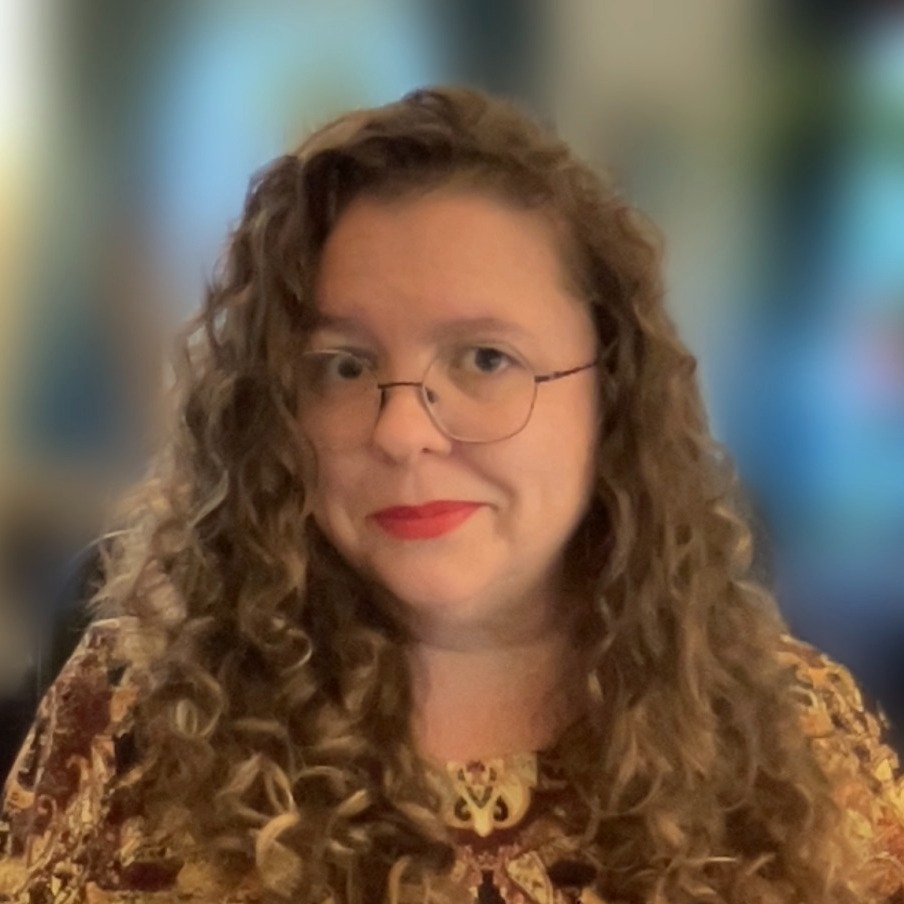Digital citizenship is a misnomer, says Casey Daigle. Casey is the Collaborative for Educational Services (CES) Digital Learning Manager. Recently, her work has often revolved around helping schools and districts with what people call digital citizenship or digital literacy. On average, teens are using 8.5 hours of screen entertainment each day. And social media use is growing daily among tweens. In the past year, there has been a 70% increase in hate in online chat, for teens. And teens say that teachers, social media companies and politicians are failing to talk about it.
“We are not going deep enough,” says Casey. “A lot of teachers are interested. They know it’s important but it’s scary and confusing. Whether they think kids know more than them or they feel uninformed, the bottom line is that it’s overwhelming. They don’t have clear pathways into the conversation. But it’s also true that students are already using technology in ways that can transform teaching and learning, better connect us as humans, and create belonging. Educators have the opportunity to acknowledge that and inspire students to positively contribute to and participate in the digital world.”
She is helping educators to lean into leading with the positive in their work with students around technology.
Casey recently co-taught a four session course on Digital Citizenship, as part of the CES partnership with MassCUE. Massachusetts Computer Using Educators (MassCUE) is a non-profit that provides professional development, networking and learning opportunities for all educators – ranging from classroom teachers, school-based administrators, technology and digital learning directors and superintendents. Casey has been appointed to the Board of Directors, and is hoping that the relationship will bring additional development opportunities to educators in the western Massachusetts region while also bringing our concerns to the attention of this state-wide organization. And at the fall MassCUE conference, Casey co-presented on a topic she loves – the amazing and inspiring work students are doing in online advocacy.
Dazzling Digital Doom Delayers was a fast-paced, 50 minute presentation of over 30 innovative online projects created by students, to advocate for important causes. She hopes to be able to offer the content widely in the future. “There were so many great examples, I was out of breath by the end! And I’m adding more examples all the time, and really want to see educators use the content to fully understand that this medium is a positive tool for their students.”
It goes to the heart of her approach to working with students and educators in the online world. Digital citizenship efforts, Casey says, have to lead with the positive; creating pathways not roadblocks. It’s not about leading by telling kids what not to do. We need to show them what they CAN do. We need more models for behaviors that are worth emulating, not scary stories about digital missteps.
As she works to support schools and districts, Casey finds that teachers are typically nervous about approaching unfamiliar areas of the online world. There are so many new programs, apps and skills that they feel they can’t keep up. And, says Casey, it’s very hard to feel confident when the environment is ambiguous and in constant flux. But you don’t have to be an expert. You can let the students lead and be co-designers. In fact, that’s one of the standards from the International Society for Technology in Education (ISTE).
“Don’t panic,” Casey says. “You want to model that you are learning and trying – and curious.” Teachers can show students the ways in which they themselves are relying on digital sources and networks to do their work. It models and helps them think about how to do that positively. Teachers can ask how students rely on their own networks for problem solving and learn from those strategies. If teachers cite their sources, students will learn to do it. Teachers can also be transparent about why they are or are not using technology in a lesson, and how long devices will be used. If students have opportunities to apply a digital citizenship skill intentionally, in multiple contexts, they are more likely to be able to apply that skill in a novel situation. Casual questions, micro activities, rationale for choices, and curiosity can make these conversations easy to have – anywhere.
It is possible for teachers to say to their students, “y’all, I’m still learning this stuff, I don’t know it yet – so we’re just going to try it”. That small acknowledgement is an invitation for students and teachers to learn alongside each other. Students often respond with grace and empathy and rapport. This also encourages students to help each other out and support each other – and if they can do it on one tech-enhanced assignment, they can do it in larger ways. It’s a powerful experience to have somebody meaningfully younger than you teach you a thing.
Casey grins. “This can be fun. We excel at getting teachers past the fear. The internet is not just scary. Our students are finding ways to learn and collaborate that we’ve never seen before. With the rise in AI-powered tech our skills and understanding of digital literacy and digital citizenship fall short. At this moment, more than ever, we need everyone to pay attention to how technology is impacting each of us. We aren’t always able to answer our own questions, but the reflection is critical. How can this shared experience of feeling overwhelmed by technology make it possible for you and your students to see each other in new ways? And how can we collectively create caring digital spaces with our individual actions?”
You can learn more about Casey’s work with schools and districts on the CES website.

